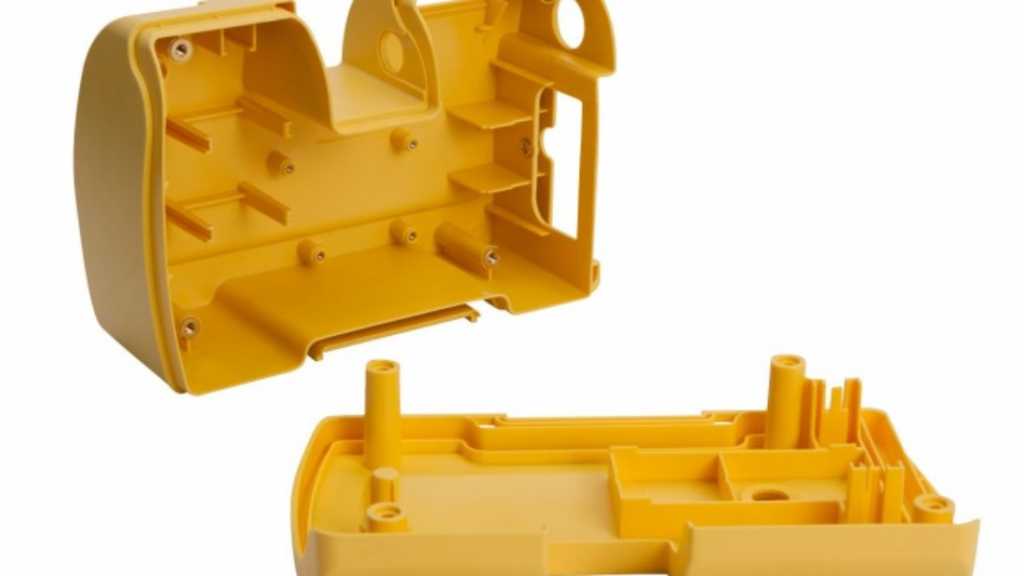What does the term clean room injection molding mean?
- Injection moulding in a clean room is a manufacturing procedure in a sterile setting. This procedure requires pouring molten plastic into a mould cavity at high pressure to manufacture a final product. The clean room is intended to remove contaminants like dust, germs, and other pollutants that might harm the final product's quality and consistency.
- The production of items like medical equipment, electrical parts, and aerospace components, which demand a high standard of cleanliness, is frequently done in a clean room using injection moulding. Several actions must be taken to guarantee that the clean room environment is maintained throughout the production process, including using specialized tools, materials, and procedures.
- To ensure the finished product's quality and uniformity, clean room injection molding requires professional technicians trained to operate in a controlled environment and adhere to stringent regulations.
Injection Mold Growth in a Clean Room Environment:
Injection moulding in a clean room setting is a manufacturing method that involves creating precise plastic components devoid of dust or particles that might contaminate the result. This method is frequently employed in the medical, pharmaceutical, and microelectronics sectors, where the product's quality and purity are crucial. Certain measures and standards must be followed to ensure injection moulding is carried out in a clean room. These incorporate:
- Clean room design:
The clean room should be created to minimize the entry of outside pollutants. To stop airborne particles from entering the workstation, the room must maintain a regulated airflow and positive pressure.
- Clean room garments:
Coveralls, hair nets, face masks and gloves are just a few examples of the clean room attire employees must wear when working in the area. These clothing items assist in reducing product contamination caused by staff.
- Equipment for clean rooms:
All equipment used in a clean room must be specially made and approved for use there. To avoid contamination, the equipment must also be constantly maintained and cleaned.
- Procedures for clean rooms:
Each step must be designed to reduce the danger of contamination. This covers the frequent cleaning of surfaces, separating various tasks, and using cleanroom cleaning products.
- Substance control:
Every substance used in a clean room must be expressly certified for it. Avoid using materials that could produce particles or other types of contamination.
- Validation:
To ensure the product satisfies the relevant quality standards, it is vital to routinely validate the clean room setting and the injection moulding procedure.
The Beneficial Effects of Injection Molding in a Clean Room:
High-quality plastic components are created using the clean room injection molding production technique in a regulated setting. This method is commonly employed in the medical and pharmaceutical sectors, where product purity and accuracy are crucial. The following are a few advantages of cleanroom injection moulding:
- Consistency and accuracy:
It ensures that there are no pollutants, dust, or other impurities in the manufacturing area that might degrade the quality of the finished product. This method makes it possible to create accurate and consistent components, making it perfect for producing goods that must adhere to exact standards.
- Product cleanliness:
Product cleanliness is ensured through cleanroom injection molding, which protects the product from any manufacturing-related contamination. This procedure ensures the product complies with regulations and prevents product recalls.

- Reduced production costs:
Production costs can be decreased using clean room injection molding, eliminating the need for further post-production cleaning or assembly. The regulated atmosphere also guarantees that there is little wastage of raw resources, which further lowers expenses.
- Enhanced product quality:
The injection molding’s regulated atmosphere guarantees that the finished product is of the highest caliber and complies with all requirements. This procedure reduces the possibility of faults and ensures the final product performs as planned.
- Efficiency boost in manufacturing:
The cleanroom injection moulding is highly automated, enabling quicker and more effective manufacturing. Additionally, this procedure lowers the possibility of mistakes and guarantees the reliability of the production procedure.
Maintaining a cleanroom for injection moulding:
An injection moulding cleanroom must be kept in good condition to guarantee product quality and avoid contamination. The following actions may be taken to keep an injection moulding cleanroom tidy:
- Create standard operating procedures (SOPs) for handling raw materials, running injection moulding equipment, and cleaning the cleanroom to establish cleanroom protocols. Teach these procedures to all staff.
- Stop the spread of germs, dust, and other contaminants. To reduce the number of pollutants entering the cleanroom, install air filtration systems, HEPA filters, and airlocks.
- Establish a regular cleaning programme for the cleanroom and its associated equipment. When cleaning the injection moulding equipment, use the proper cleaning products according to the manufacturer's recommendations.
- Require staff to dress appropriately by providing cleanroom gowns, gloves, and shoe coverings. Allow staff to change into cleanroom clothing in a gowning area before entering the cleanroom.
- Continually check the cleanroom's temperature, humidity, and airborne particle levels. Verify the quality and purity of the items made in the cleanroom.
- Keep a record of everything, including cleaning procedures, equipment upkeep, and test findings. Keep track of everyone who enters and exits the cleanroom.
- Schedule routine maintenance for the air filtering systems, cleanroom equipment, and injection moulding machines. Observe the maintenance guidelines provided by the manufacturer.
Conclusion:
Medical device, biological, and pharmaceutical manufacturing and assembly may be done safely and effectively with clean room injection moulding. We offer a clean, separate workplace to lower the danger of contamination and provide a secure and productive working environment. Several different types of cleanrooms may be used for injection moulding, and we all must adhere to specific criteria to be functional. The type of product being made and the necessary level of cleanliness should be carefully considered when designing and building a clean room injection molding. ACE, to guarantee that the injection moulding cleanroom delivers the necessary standards of cleanliness and safety, it is crucial to maintain and test it.





